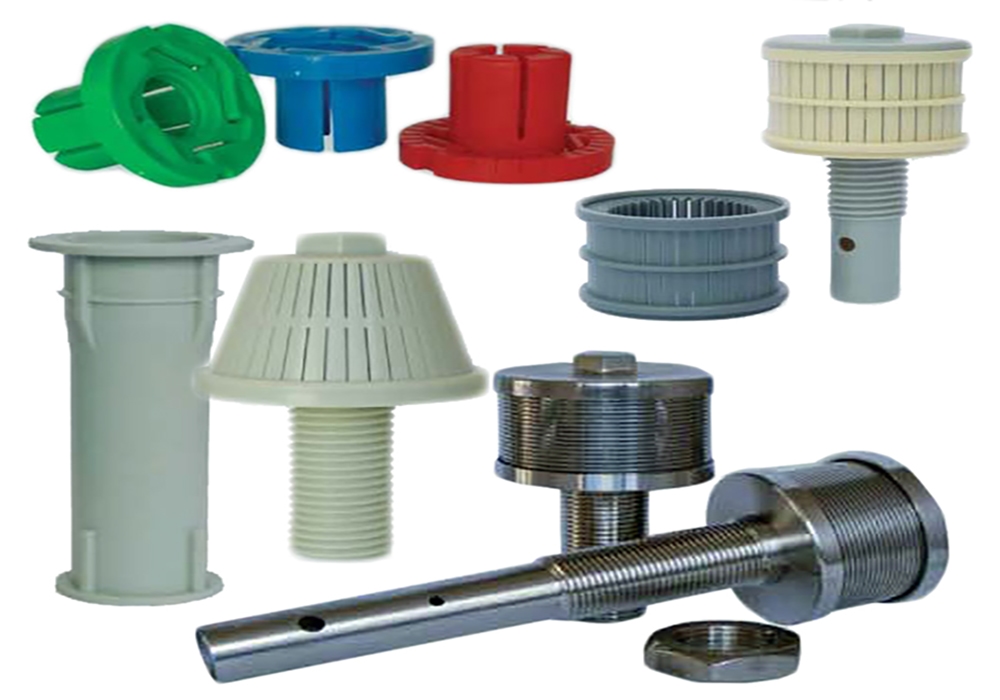One of the key factors when purchasing a strainers is specifying the perforation or mesh size of the straining element. The straining element (generally mentioned as a screen for strainers and a basket for basket strainers) is a mechanical filter which retains particles which are too large to pass through, while at the same time allows the flowing media (liquid or gas) to pass smoothly. By cleaning the flowing media, the straining element contributes to protect costly downstream equipment such as pumps, meters, spray nozzles, compressors, and turbines.
Determining the slots size or mesh size
Generally speaking, screen openings should be approximately one-half the diameter of the largest allowable particle. The largest permissible particle is defined as the size of particle that can pass through downstream equipment without causing damage. For example, if the maximum permissible particle is 1/16 inch than the screen opening would be specified at 1/32 inch. In addition to the size of particles, the quantity of debris in the flowing media must also be considered when determining the appropriate opening size.
Straining elements can only be used to remove insoluble floating impurities. The most common range of particle retention is 1 inch down to 40 microns (.0015 inch). A good strainer should always be installed ahead of pumps and other expensive, downstream equipment to help ensure proper protection and trouble-free operation. This even holds true for “clean lines” to protect against scale and accidentally introduced items such as: tools, gaskets, nuts, or bolts.
A common mistake is for a screen opening is small for the application. This can result in overstraining and should be avoided for the following reasons:
• Maintenance costs are increased because excessive cleaning requirements.
• Pressure drop is increased dramatically.
• The straining element may become damaged and fail.
In some applications requiring finer filtrations, it may be advisable to strain in gradual steps. This is accomplished by placing progressively smaller straining elements in series.
Determining the strainers material
Regardless of the filter mesh material used, the most common materials used for filter elements are stainless steel and PP/ABS/HDPE material. This is due to the inherent corrosion resistance of stainless steel (304, 316) and the convenience and affordability of PP/ABS/HDPE plastic that make it popular.
If the water or filter media (gas or liquid) has high temperature and high pressure, it is preferable to choose a filter strainers made of stainless steel, in addition to food applications, it also requires high requirements for stainless steel filters. If the filter does not contain special requirements or is only domestic water, drinking water, the use of plastic filter strainers nets becomes much more common.

See more articles: Experiences choosing a home water purifiers
To determine the exact water treatment technology that suits your needs, please contact our company for further advice.
Contact hotline: 0913.90.72.74 to order in bulk, the most preferential price!
Follow Fanpage: https://www.facebook.com/SongPhungthietbinganhnuoc/ to update new products.

